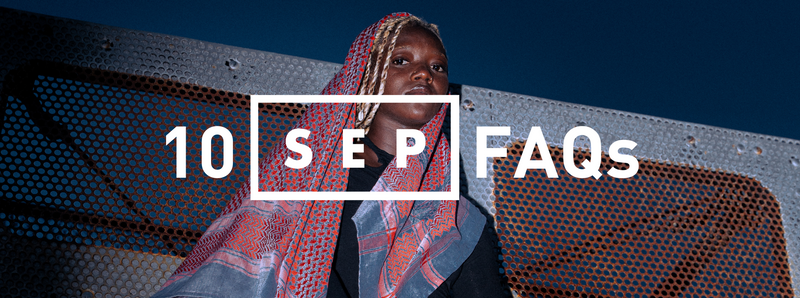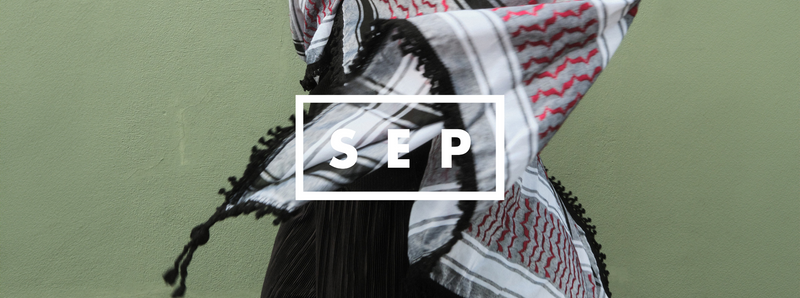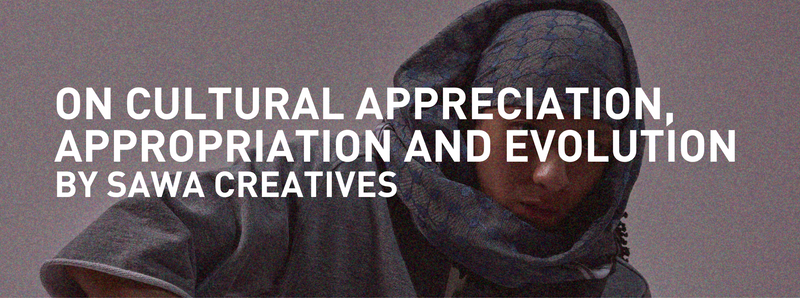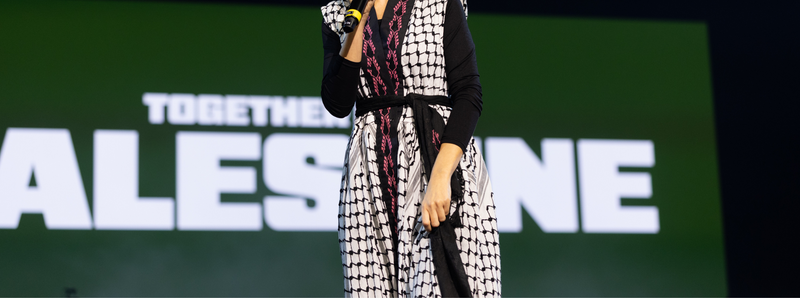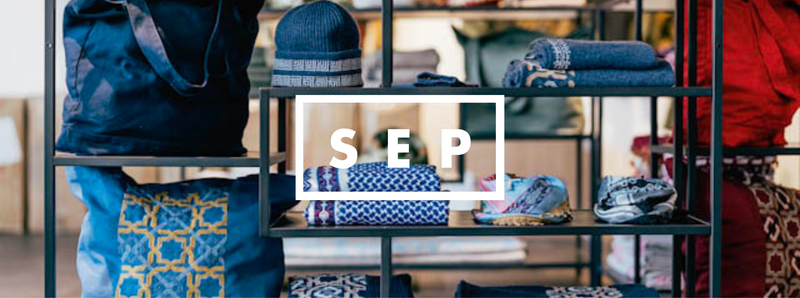Much, much too expensive!
Posted on May 27 2019
“Much, much too expensive! People who travel know how much these goods cost in the countries where they are made and, therefore, also know how much the local workers earn who make such articles.” Angela Roberts
The aim of this blog post is to address the legitimate concern expressed in the Facebook comment above.
In a nutshell: prices of SEP products are different from local products’ because the items are presumably different, and different items give rise to a different cost structure.
Consider a SEP linen shawl.

The raw material is imported into Jordan from Italy.
On top of the cost of the high quality item, shipping costs are incurred and VAT, custom fees and clearance duties have to be added to the bill.
Once the raw material is cleared at the airport, it has to be transported to Jerash camp, the refugee camp where the SEP artists reside, 70 kilometers from Amman airport (please bear in mind that shipping companies refuse to deliver directly to the camp, for “security reasons”).

At the SEP workshop in Jerash camp, raw materials are stocked and the single items are then distributed to the “marka” lady first (“marka” is the light material that provides the embroiderer with the grid needed for most of our geometric patterns); once the marka is assembled, the item is distributed to the embroiderer herself. The needle-art work of 600+ embroidery artists is coordinated and managed by the SEP team at the camp.

The SEP embroiderers are paid weekly, once their item passes quality control, according to the number of thread rolls used in the embroidery and SEP pay them 50 per cent more than market rates. Normally the “marka” job is included in the roll price, whereas we pay the SEP “marka” ladies separately, and in addition, for this.

Marka is removed once the embroidery is done and quality control is carried out.

The items are then “finished” by another employee (some items need assembly and the relevant labels are attached); then ironed (by yet another employee charged with this specific task) and packed into the SEP cotton duster bags.

The items are then shipped back to Switzerland, Germany, Italy or elsewhere, upon which custom and clearance fees are incurred again.
In Geneva, Berlin, Milan our products are distributed via our online shop and our brick and mortar shops.
All marketing, communications and advertising campaigns are carried out from our headoffice in Geneva.
Once sold, the item needs delivering, if bought on line, and VAT finally paid.
Lawyers, accountants and auditors all add their all-important, and expensive, touch to the structure.
Before making those generic price comparisons, the acute observer should ask her/himself:
- Is the quality of the raw material comparable?
- Are the embroiderers paid fairly in both cases?
- Are the items equally well conceived and executed?
- Are both items available in the EU market, or can the “local” item be bought only locally?
- Does the price of both items include VAT?
- Does the price of both items include an allowance for communicating the story behind the item itself? The more broadly the story is known, the more sustainable the impact of the purchase, the longer the SEP artists will be able to earn a salary.
In other words: producing and taking to the world market a hand-made beautiful item is a complicated task, requiring the skills and patience of local artists residing in a refugee camp as much as a plethora of other tasks needed to make this happen.

Each SEP purchase does more than create income for one embroiderer: it contributes to make a business sustainable, to make it stand on its own feet so that it can create impact in the long term for the whole community.








